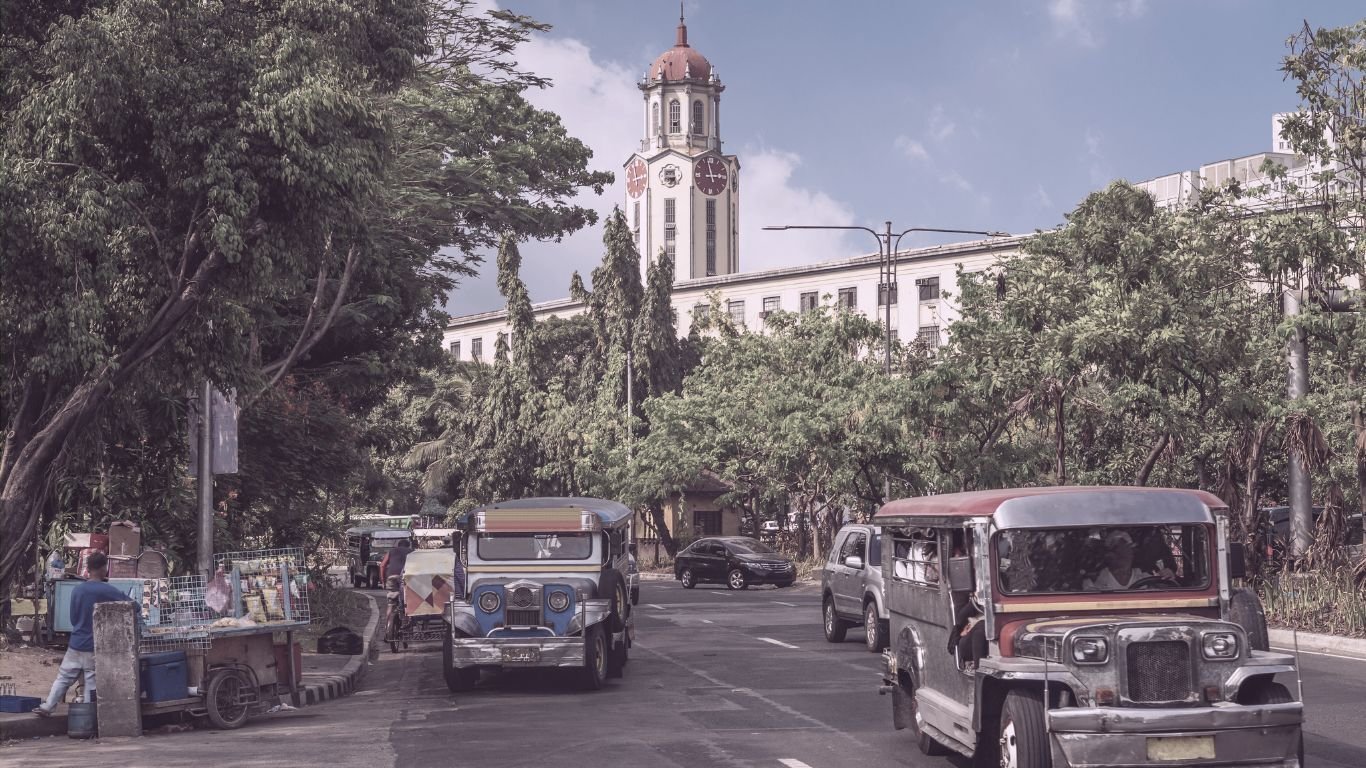The Expanding Cyber Perimeter: As the Philippines Goes Digital, Who Keeps It Safe?

In a hyperconnected world, keeping systems secure is no longer just a technical task. It’s a national priority. So the big question is: Who’s protecting the Philippines’ digital future?
From free public Wi-Fi to cloud-first policies, the Philippines is making big moves in its digital journey. Through initiatives like Digital Bayanihan, the government wants to make digital services more accessible, efficient, and inclusive for Filipinos everywhere.
But as more people and institutions come online, the country’s digital footprint grows—and so does its exposure to threats.
As Connectivity Grows, So Do the Risks
DICT’s push to bridge the digital divide is making a real impact. Just this year, over 1,400 free Wi-Fi sites have been activated under the BroadBand ng Masa project, from Luzon to Mindanao.
It’s a huge step forward—but it also introduces new vulnerabilities. Many of these access points serve smaller government units, community health centers, schools—places that often don’t have strong cyber defenses in place.
At the same time, we’ve seen a growing number of incidents affecting organizations operating in the Philippines, including ransomware attacks and website defacements. Even large enterprises with robust systems are finding themselves vulnerable through smaller partners or vendors.
Connectivity is increasing fast—but is cybersecurity keeping up?
Cybersecurity Isn’t Just an IT Issue Anymore
It’s clear that cybersecurity has outgrown the server room. Today, it touches everything—our infrastructure, economy, and even national security.
Whether it's power grids, payment platforms, or transport systems, digital systems are now critical to daily life. And when they go down, the ripple effects can be huge. Recent examples of cyber extortion targeting provincial websites and phishing attacks on public services show how real the risks are.
This is why cybersecurity can’t be treated as a back-office concern anymore. It has to be part of national planning—and part of every organisation’s strategy.
The Role of the CISO Is Changing, Fast
For those leading cybersecurity on the ground—CISOs, CIOs, risk officers—the job looks very different than it did a few years ago.
Yes, you're still responsible for defending systems, but now you're also explaining risks to the board, translating national policy into company action plans, and helping everyone—from interns to executives—understand their role in staying secure.
The government’s National Cybersecurity Plan 2023–2028 is a great example. It sets strong goals, but it’s up to leaders inside organisations to bring those goals to life.
This means cybersecurity leaders need more than tools. They need real conversations, shared experiences, and practical insights from others facing the same challenges.
A Space for Security Leaders to Connect: CISO Philippines 2025
That’s where CISO Philippines 2025 comes in.
Happening this November in Manila, this event brings together senior security, risk, and technology leaders across sectors. It’s a space to hear from peers, learn from success stories, and have honest conversations about what’s working—and what isn’t.
Topics on the agenda include AI-driven threats, securing critical infrastructure, Zero Trust, and how to build cyber-aware teams in a fast-moving environment.
The Philippines’ digital transformation is well underway. Let’s make sure it’s built on a secure foundation.



.png?width=352&name=Featured%20Images%20(6).png)